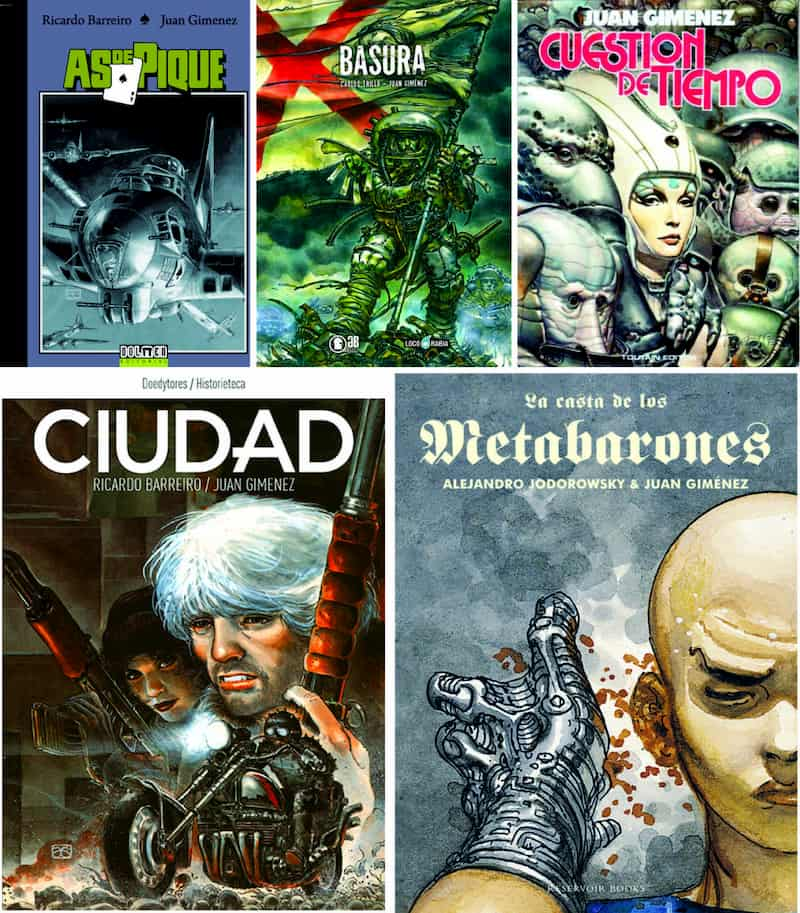
As Hans-Christian Christiansen suggests, “Comics have inherently unique features which would tend to promote formal play of a potentially disruptive kind: for instance the anti-naturalistic iconography and the deconstructive or conflictual play between word and picture and picture-sequence.” 3 While an important number of comics, especially in Argentina, have dedicated themselves to the task of adapting literary or cinematic texts, 4 or to the re-creation of classic comics for another market or generation, intertextual and intermedial play are by no means limited to such enterprises.

2 Indeed, the comics medium is often strongly characterized by reflexivity and a ludic interrogation of its own conventions. Such self-parody has been typical of graphic fiction since the emergence of underground comix in the 1960s, such as Wimmen’s Comix and Robert Crumb’s Zap (1968), and has taken on a particular force in Argentine comics since the 1980s. Excess and exaggeration are often evident in Ministerio (Ricardo Barreiro and Francisco Solano López, 1986), contrasting powerfully with the comic’s more somber exploration of state repression and memory within postdictatorship Argentina.

4), point with a self-parodying humor to the common use of visual hyperbole in comics. The machine’s quite unnecessary number of ducts and grinders, together with the sound effects of gory squelches (fig.

After being drained of their life forces, they are mashed to a pulp in a huge machine before emerging on a conveyor belt, reformed into neat cubes and ready for packaging.

Inside, they are so rigidly segregated that they have no opportunity to discover the terrifying truth: that the lower classes of society are being recycled as food for the higher ones. With the world’s population decimated by nuclear war and all but extinguished by a mutated AIDS virus, the survivors have taken refuge in a colossal skyscraper built in the remote Tierra del Fuego. 2 / Mediation and Materiality in Graphic Fiction


 0 kommentar(er)
0 kommentar(er)
